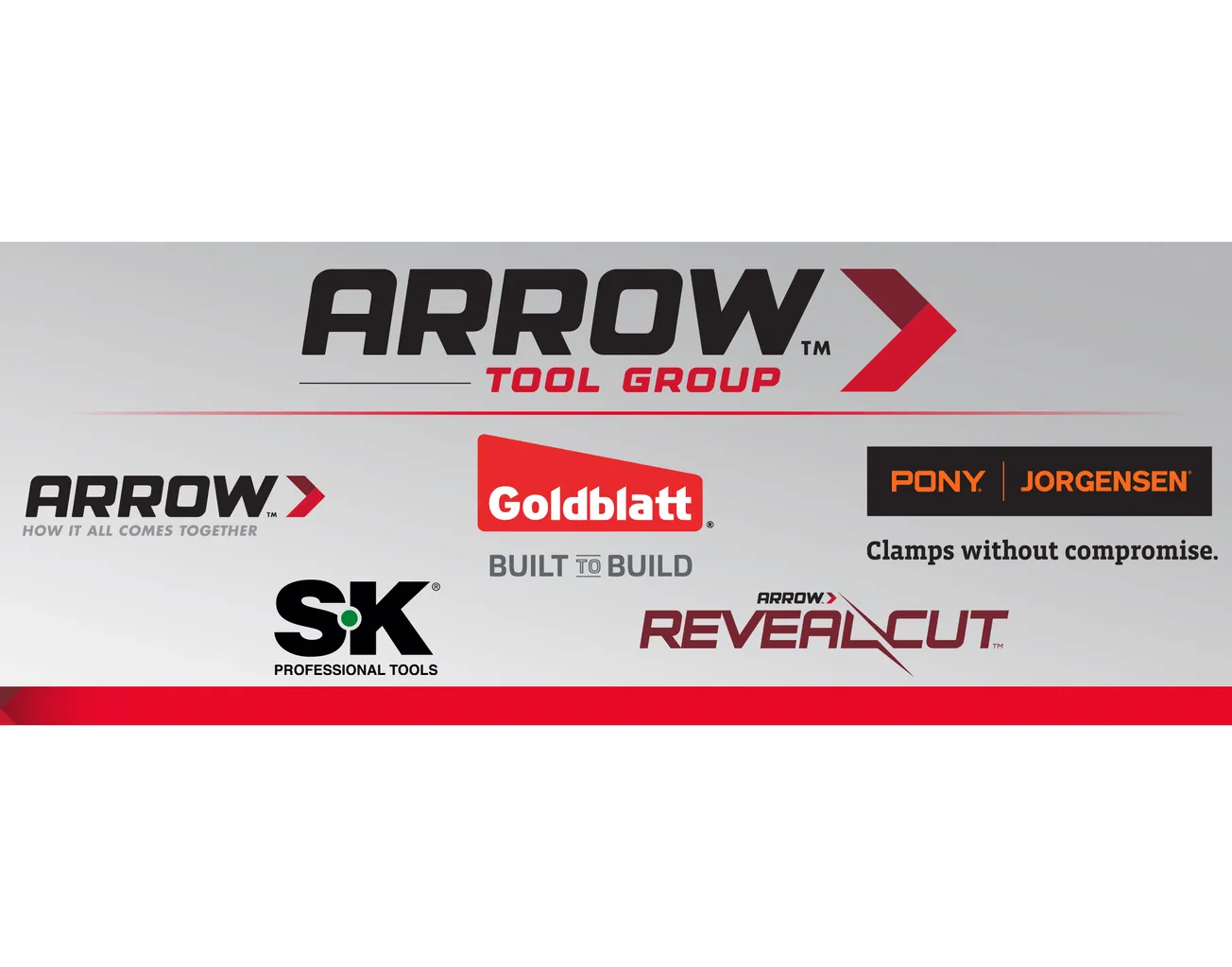Table of Contents
THE BEST TIME to ask for an order is right after we have gotten one. When I first started trading, they taught us to hang up as soon as possible after getting the order number for fear of talking the customer out of it.
But there is a partnership approach after getting an order that is better for the customer and better for us.

After We’re Given an Order
- Thank them. “Julie, I really appreciate these orders.”
- Go over the details. “John let’s go over the details one more time just for fun. These are three trucks of 2×4 16’s SPF coming out of ABC Sawmill. They are paper-wrapped, shipping the week of 5-15, getting into us at $665/MBF. Is that what you have?” Better to have a misunderstanding at the time of purchase (that can be fixed before delivery) than to have a claim on three loads a thousand miles from home that we have to clean up.
- Thank them again. “Julie, I really appreciate these orders.”
- Congratulate them. “John, these really are a good deal at $665/MBF. Well, we know it’s a good deal because you only buy good deals.”
- Ask for three more. “John, I don’t know if we can, but if we can get three more of these for the week of 6-5, do you want to put on three more?”
One out of 10 customers will say yes. In addition to getting three more orders, this is a great way to block out our competition. Customers do spread their business around so often they do have more orders to give out.
After We Miss an Order
Get curious.
Customer: “That sounds like a decent deal, but I just bought three of those.”
This is where most sellers say, “Okay, what else are you buying?” Not wrong, just too soon.
Master Seller: “Great, when did you pick those up? When are they shipping? What are they coming in at? What was the tally? Whose stock?”
Our tone is caring and curious. We don’t want to sound too aggressive or defeated. Often we get beat by a lower number, but customers leave out important details of how we are getting beat. In up markets, if they bought this “better deal” three weeks ago, that would make a big difference. Sometimes the tally or the stock isn’t as good as what we are offering. We need to dig in on the details to make sure we are comparing apples to apples. Sometimes our competitors just have a better deal, but it is important for us to understand how we are getting beat. We might be missing supply out of a certain supplier that we should be working harder.
Another good question to ask when we get beat is, “Did you give them a firm offer to get to that price?” Do not whine and say, “Well gosh, if you had given me that firm offer I could have done that number also.” By asking the question we let the customer know that we know. That’s enough for now, but we definitely will be asking for more firm offers in the future with this customer.
When we do get the details of what the customer bought:
Master Seller: “Susan, that’s a great deal. If I could get you three more trucks like that for further out shipment could we put those on?”
One out of 10 will say yes. Some customers won’t share information. But 60-75% will. We are not intimidated by customers who say, “I don’t share that information; just give me your best number up front.” We continue to probe.
Give Me Your Best Number Up
Front—I Don’t Play That Game
Master Seller: “John, there are and always have been two prices: the ‘quote’ price and the ‘firm offer’ price. I am giving you the best quote price, but to get the best price we are going to have to work together. Why don’t you give me a firm offer at $550/MBF and let’s see if we can get that done.”
Or…
Master Seller: “Susan, the market into you today is $550/MBF, but with a firm offer I think we can get it done at $500/MBF. Can I have that firm at $500/MBF?”
- James Olsen is principal of Reality Sales Training, Portland, or call him at (503) 544-3572, or email james@realitysalestraining.com.









